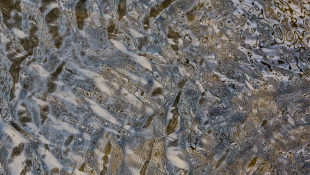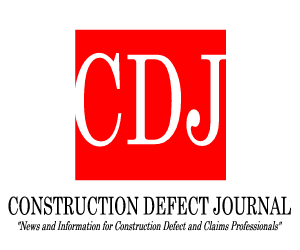
Predatory practices encountered recently in the construction insurance field.
In honor of Shark Week, that annual television-event where we eagerly flip on the Discovery Channel to get our fix of these magnificent (and terrifying!) creatures, I was inspired to write about the “predatory” practices we’ve encountered recently in our construction insurance practice. The more sophisticated the business and risk management department is, the more likely they have a sophisticated insurer writing their coverage. Although peaceful coexistence is possible, that doesn’t mean that insurers won’t use every advantage available to them – compared to even large corporate insureds, insurance companies are the apex predators of the insurance industry.
In order to safeguard policyholders’ interests, most states have developed a body of law (some statutory, some based on judicial decisions) requiring insurers to act in good faith when dealing with their insureds. This is typically embodied as a requirement that the insurer act “fairly and reasonably” in processing, investigating, and handling claims. If the insurer does not meet this standard, insureds may be entitled to damages above and beyond that which they could otherwise recover for breach of contract.
Proving that an insurer acted in “bad faith,” however, can be like swimming against the riptide. Most states hold that bad faith requires more than just a difference of opinion between insured and insurer over the available coverage – the policyholder must show that the insurer acted “wantonly” or “maliciously,” or, in less stringent jurisdictions, that the insurer was “unreasonable.”
Ms. Guertin may be contacted at tag@sdvlaw.com




